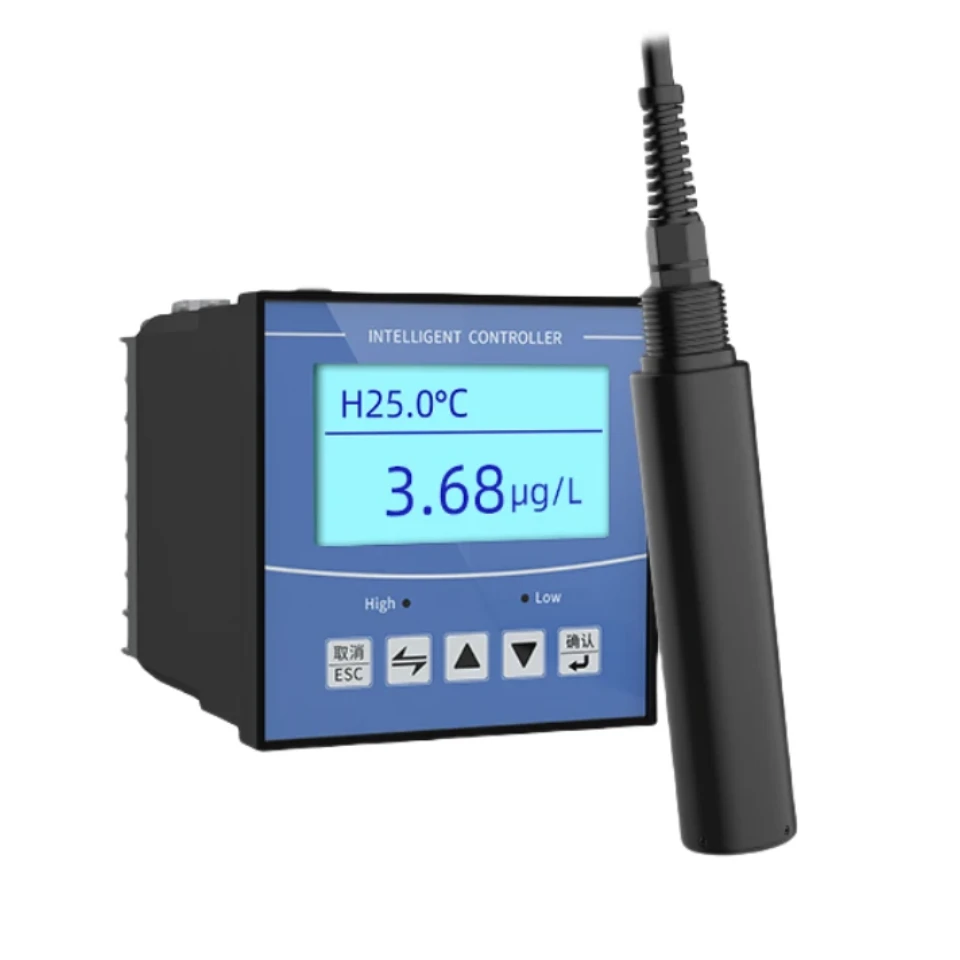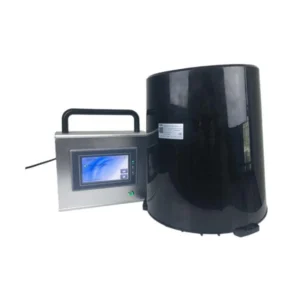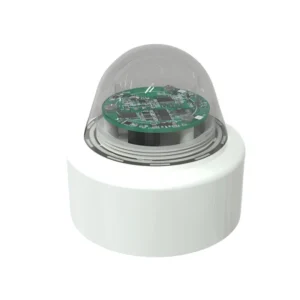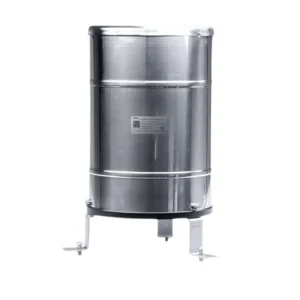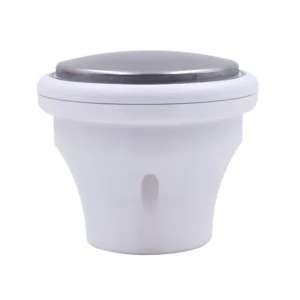Description
CDT-1T7B Online Chlorophyll Sensor Detector
The CDT-1T7B Online Chlorophyll Sensor Detector is a new tool for checking chlorophyll levels in water. It uses advanced optical and fluorescence technology to analyze water samples in real time. This device measures chlorophyll levels and displays them as clear digital readings.
In environmental research and fish farming, it provides quick data. This data helps us check important factors. These factors include algal blooms and the health of ecosystems. Its smart design makes it a key tool for protecting water environments and improving resource management.
Application
◉The Online Chlorophyll Sensor Detector is used in many fields. First, it helps keep an eye on the environment. It tracks algal blooms in lakes, rivers, and coastal areas.
Measuring chlorophyll often helps to find early signs of eutrophication. This allows for quick action to protect water quality and aquatic life.
◉In aquaculture, the detector helps make fish and shrimp farming better. Farmers can check chlorophyll levels to see how healthy the phytoplankton is.
Phytoplankton is a main food source for aquatic species. Keeping chlorophyll levels balanced gives us enough nutrition. It also prevents too much algae growth. This helps keep oxygen levels up and protects the farmed animals.
◉For water treatment plants, it acts as a tool for quality control. Operators can check chlorophyll in raw water to find possible problems. This includes taste and smell issues caused by algae. They can change treatment processes if needed.
Scientific research:
◉In scientific research, the Chlorophyll Sensor detector is very important. It helps researchers study water ecosystems closely. This tool aids in understanding photosynthesis, nutrient cycling, and how climate change affects water bodies.
The sensor collects real-time data. This helps scientists study long-term ecological trends. It is a valuable tool for those researching aquatic ecosystems.
Sensor News
What is Water Quality Sensor | CODA Sensors
Water Treatment: Unveiling the Top 10 Water Quality Sensors
